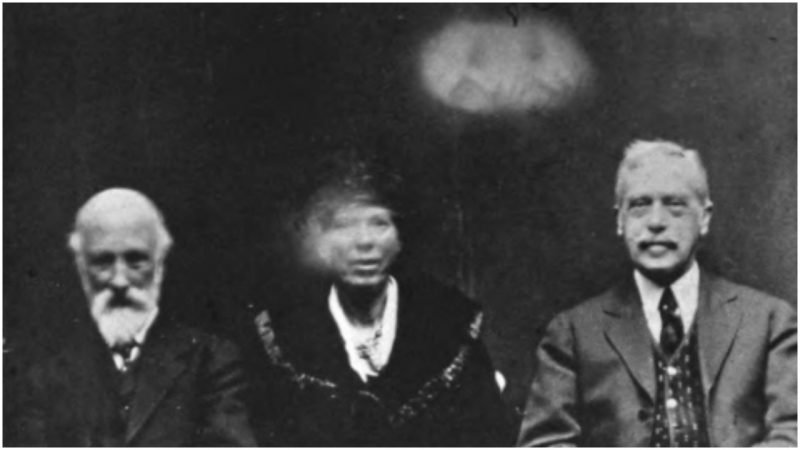“Having said so much in support of Mr. Hope’s mediumship, let me say what I can in the way of personal criticism, for I hold no particular brief for him, and am only anxious to follow truth wherever it may lead. I have written this pamphlet because I think that truth has been grievously obscured and that the fruit of seventeen years of remarkable psychic demonstration is, for the moment, imperilled by the attention of the public being directed entirely to a single case which is, admittedly upon the face of it, of a damaging character.” – Sir Arthur Conan Doyle, The Case for Spirit Photography.
This is in part a story of how the Scottish author, world-renowned as the inventor of one of the most memorable fictional characters in literature, Sherlock Holmes, came to the defense of William Hope and the whole Crewe Circle who were accused of being a fraudulent organization by Harry Price and the British Society for Psychical Research in 1922.
Doyle is now celebrated for his best-selling books about the enigmatic detective and his crime-solving mysteries. However, during his lifetime he was a committed believer in the supernatural and a high-class member of the elitist spiritual organization, the Crewe Circle club.
Doyle was, most importantly, a ghostbuster. Yes, the critically acclaimed writer who produced the ever-logical detective actually believed in ghosts. Life can sometimes be stranger than fiction.
In 1893 Doyle joined the Society for Psychical Research and about a year later was sent to investigate reports of some mysterious paranormal activities in Dorset, in southwest England. Colonel Elmore and his wife, the homeowners, claimed they were tormented at nights by strange noises that sounded like a soul was being tortured in their house, but there was nobody in it except for them and their daughter. To add to the frightening atmosphere, their dog was constantly barking outside and refused to enter.
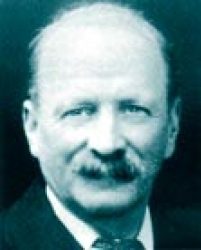
The body of a 10-year-old girl was found buried in their garden. Doyle, Dr. Sydney Scott, and Frank Podmore, who were there at the site, claimed that they had truly witnessed some strange phenomena during their psychic visit and the spirit of the deceased child was now finally put to rest.
Following this, Doyle grew into an outspoken advocate of the spiritualist movement even though he knew he was placing his whole career and reputation as a sane man at risk.
However, this story is not solely about Doyle’s life, but about William Hope, a former carpenter who later in his life claimed he could capture ghosts with his camera. It is also about an investigator who accused him of “photoshopping” his photographs in a time when Photoshop didn’t exist, and about a heated debate over what is true and what is fiction.
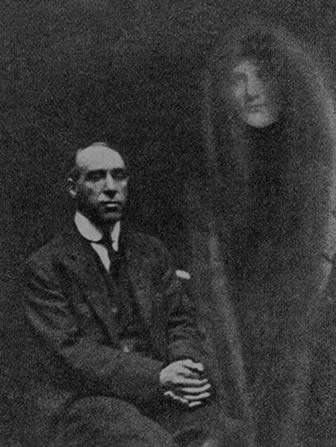
William Hope, born in 1863 in Crewe, Cheshire, England, began working as a carpenter early in his life. As the century was nearing its end, Hope grew to be much more interested in photography than carpentry. As soon as he saw a childhood friend flashing around his new “toy” down the street, Hope dreamed of having one for himself. Photography was still fairly rare and he was intrigued with the whole process.
So as soon as he’d saved up, which was about a dollar and a half, he bought one. It was an early Brownie model, a simple and inexpensive cardboard box snapshot-camera, and it had just been released by Eastman Kodak. He started testing it out with his friend, taking turns in snapping pictures of each other with their own cameras to see which one was the best. Time passed and their skills developed but their tradition of who was the best at portrait taking never changed, until around 1905, when one of Hope’s images returned from the dark room with an extra person in it: a vague reflection of a woman who was not there when the shot was taken. On seeing it, his friend said that the extra figure in the image was his older sister who had passed years ago.
This event marked the point when Hope began to view himself as a spiritualist and to claim that he was a spirit photographer.
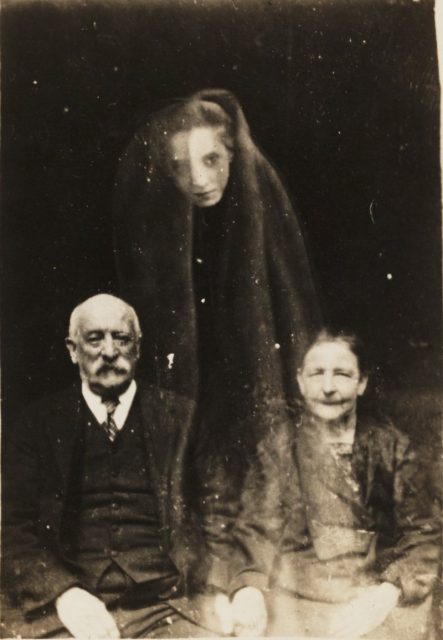
In no more than a year he got permission from Crewe’s mayor to use the town hall and take so-called spirit photographs of those who were willing to come and try. As it turned out, many were interested and just like that he formed a formal Spiritualist Organization that came to be known as the “Crewe Circle,” which at the time counted six members including Hope, their leader.
Soon many people wished to join the club. Some were driven by profound interest in the supernatural and others just out of curiosity. One of them was a lifelong enthusiast of the paranormal and believer in the afterlife, the Archbishop Thomas Colley, whose membership and endorsement brought real weight to an organization previously viewed with a dose of skepticism and disbelief, witchcraft even.
Like all the others, Colley was photographed on his request and next to him on the resulting image appeared a character that, according to his claim, was his late mother. During a city meeting at the town hall, he informed the people about what had happened and vouched about the legitimacy of the Crewe Circle and Hope’s ability to capture the spirits of the dead.
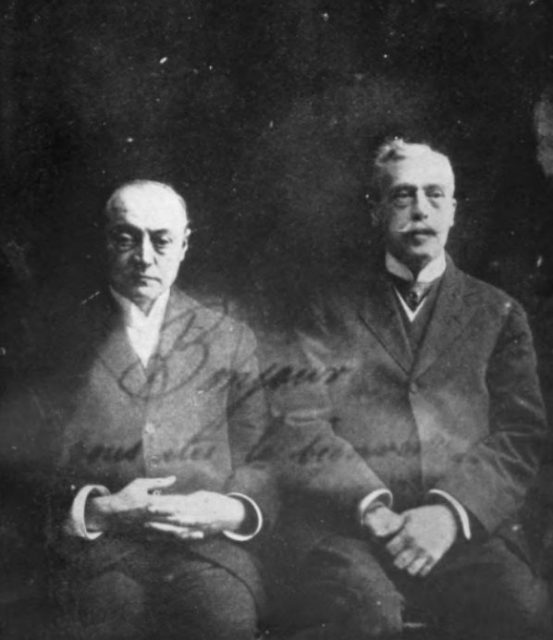
News of the Archbishop’s testimony spread like wildfire throughout England, all the way to the chambers of the British Society for Psychical Research and the ears of none other than Sir Arthur Conan Doyle. The author instantly cleared his schedule and rushed to meet this man. To the ghost hunter, a photographer who could “catch” a spirit on camera was just the way to finally confirm their existence and justify his own views.
However, while Doyle was eager to meet him, which he did, eventually becoming his friend and a member of his club, the Society for Psychical Research was skeptical about the whole thing. It was probably due to a rumor which involved Archbishop Colley. Apparently, the “extra” woman in the picture he claimed to be his deceased mother was not her at all. So they turned to one of their new members, Harry Price, who had a long history of exposing mediums as frauds, to investigate.
Price believed that Hope was meddling with the photographic plates to produce the ghosts in his images and somehow made a mistake and as a result “produced” a picture of the archbishop with the wrong woman next to him. However, he was unsure as to why the man claimed it was his mother. So in February 1922, he went to meet this “spirit photographer” in person.
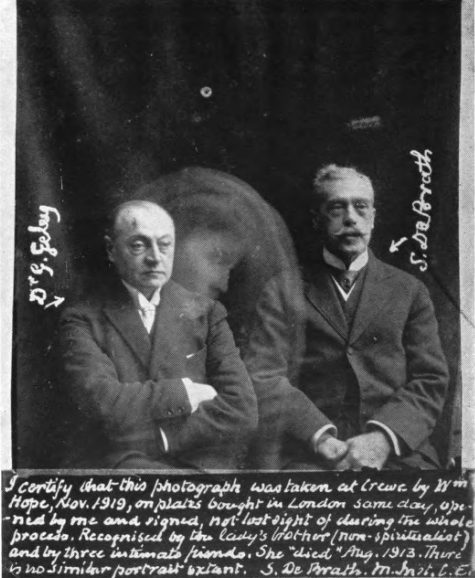
By this time Hope had moved to London, where he established himself as a professional medium. Price arrived in London just as a daily séance was about to start. He introduced himself to Hope as a member of the Society for Psychical Research, and personally a great fan of his work.
After the prayers and all the hymn singing had ended and the sitting was over, Price asked for a picture. As a favor in return, he gave Hope a whole box of brand-new photographic plates for him to use and insisted he try them now. As was his usual practice, Hope took two pictures of him. One of them was a juicy one, containing a beautiful female “extra” sitting next to Price. However, what Hope didn’t know was that Price, just as a real Sherlock would do, set up a trap. His plates contained the Dry Plate Co. logo in the left corner, so the logo should be transferred to all images produced by them. Yet neither picture had any sign of the logo, implying that Hope had used old and already exposed plates, pre-prepared materials, to create his spirit images.
He published his report Cold Light on Spiritualistic Phenomena in the May edition of the Society for Psychical Research’s journal, in which he explained his findings in detail. He accused Hope of fraud, stating that none of his photographs were genuine. But many members of the society denounced Price, believing that he used trickery and switched the plates himself just to undermine Hope as a real medium. No less than 84 members, led by Sir Arthur Conan Doyle, left the Society in an instant. Within months the author wrote The Case for Spirit Photography, first published on December 14, 1922, in defense of Hope’s spirit pictures.
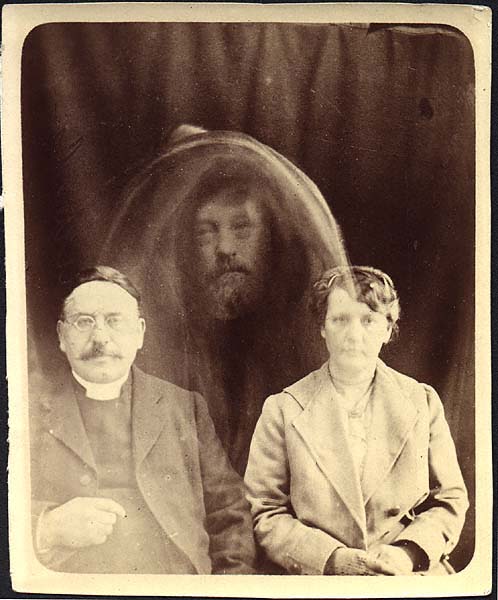
Years later, Price was proved to be right, with advanced technology showing that Hope’s photographs were double exposed. Nonetheless, there is one question that still remains to be answered. The one involving the archbishop’s mother. Well, the story goes that Hope saw he had made a mistake and mixed the plates, and decided to admit as much to Thomas Colley. When, for whatever reason, the archbishop declared that the lady in the picture was his mother, he just stayed quiet and went along. As to why, well perhaps he saw it as an opportunity to bring people closer to the church, or as a man who was grieving for his mother, he just wished to believe she was nearby.
As for Doyle, as an author of so many detective novels he probably didn’t want to admit to himself he failed to spot the clues and was being played like a fool all along. Or maybe, he was so tangled up in fiction and his own beliefs that he neglected the facts presented to him, who knows.
Hope was a fraud, no question, but still, a champion artist in double exposure, for there was only one man in the world who could manipulate exposures better than him–a Parisian named Georges Méliès, a pioneer of modern cinema, and a real sorcerer when it comes to multiple exposures.
